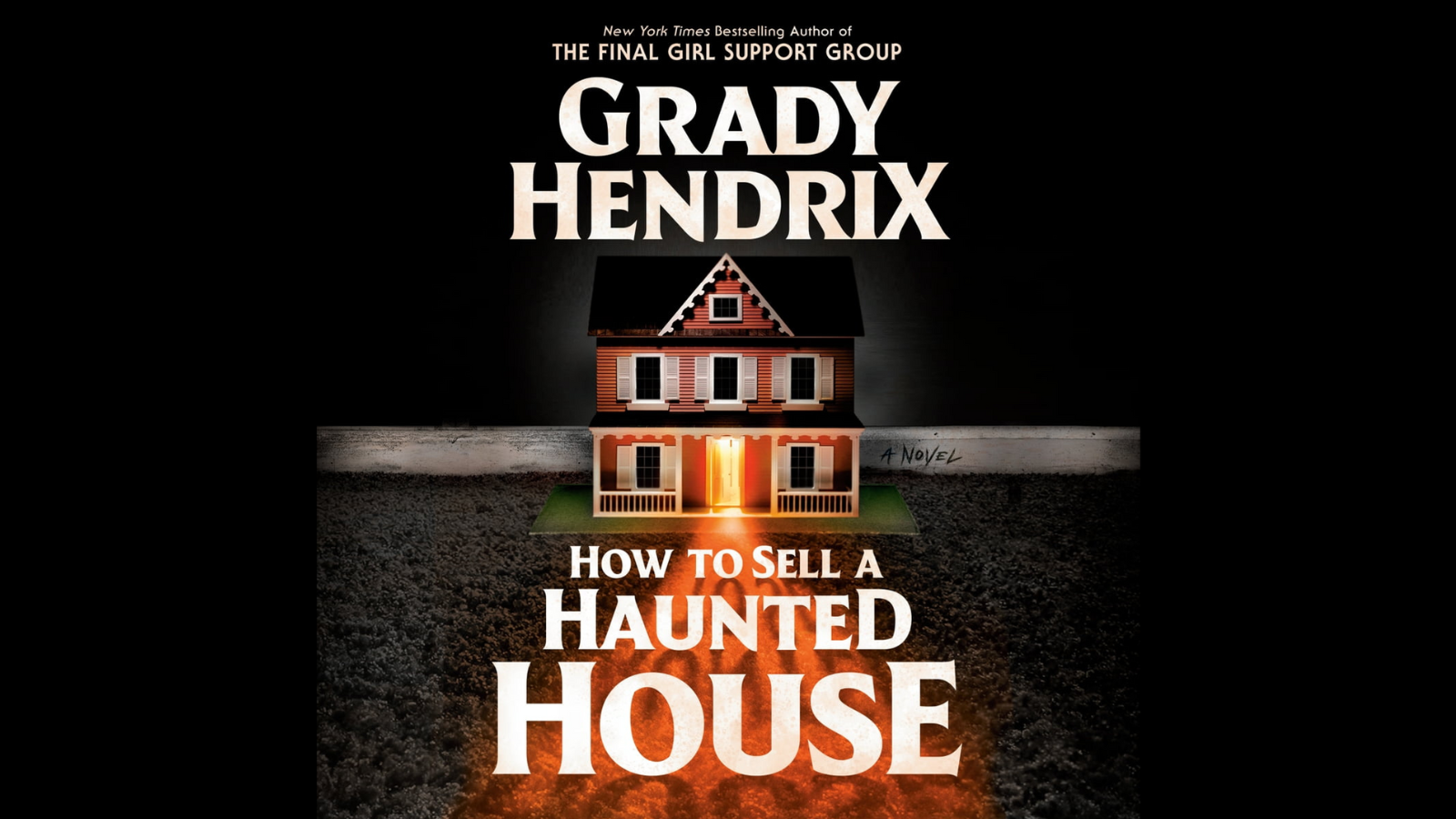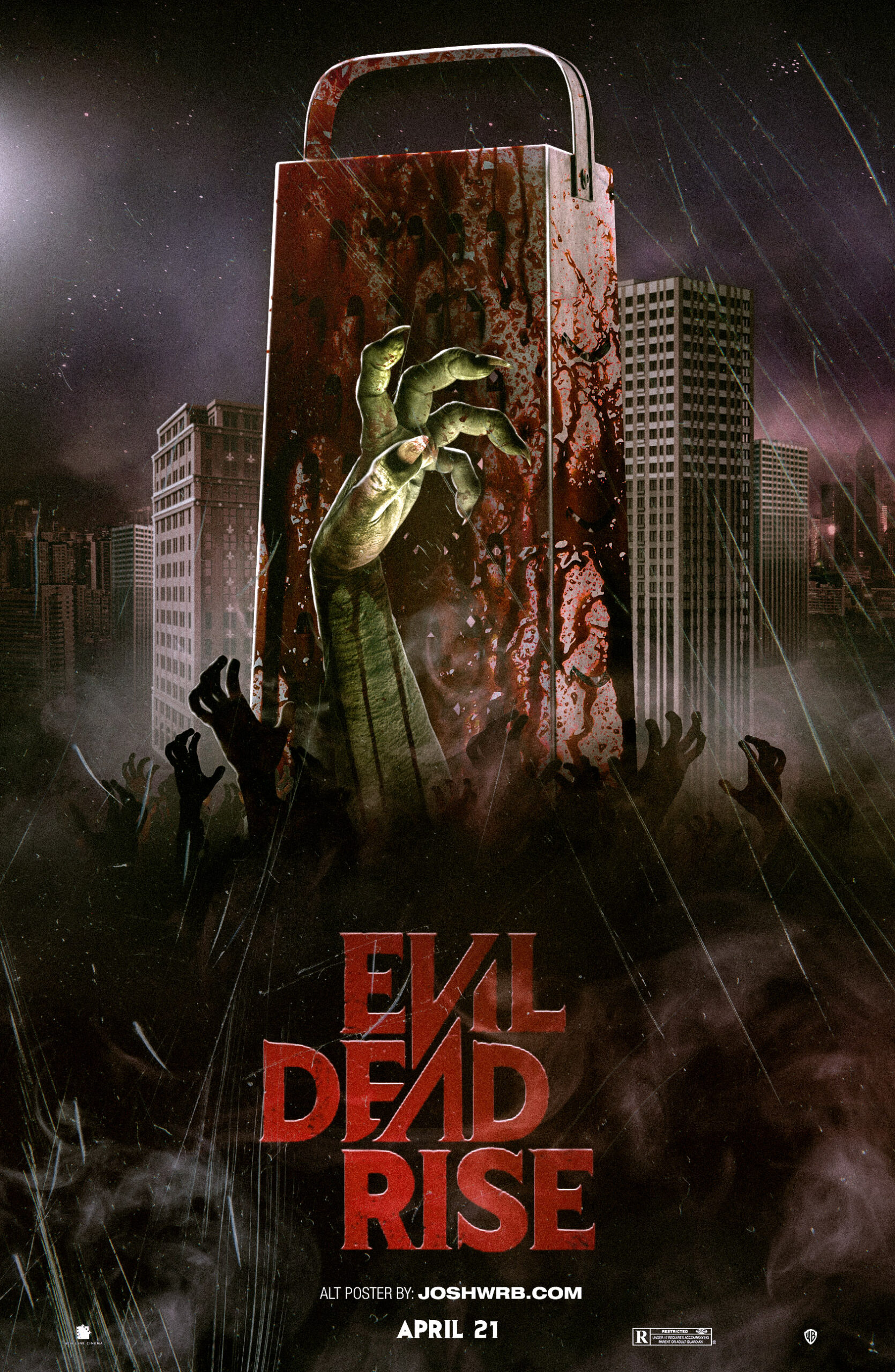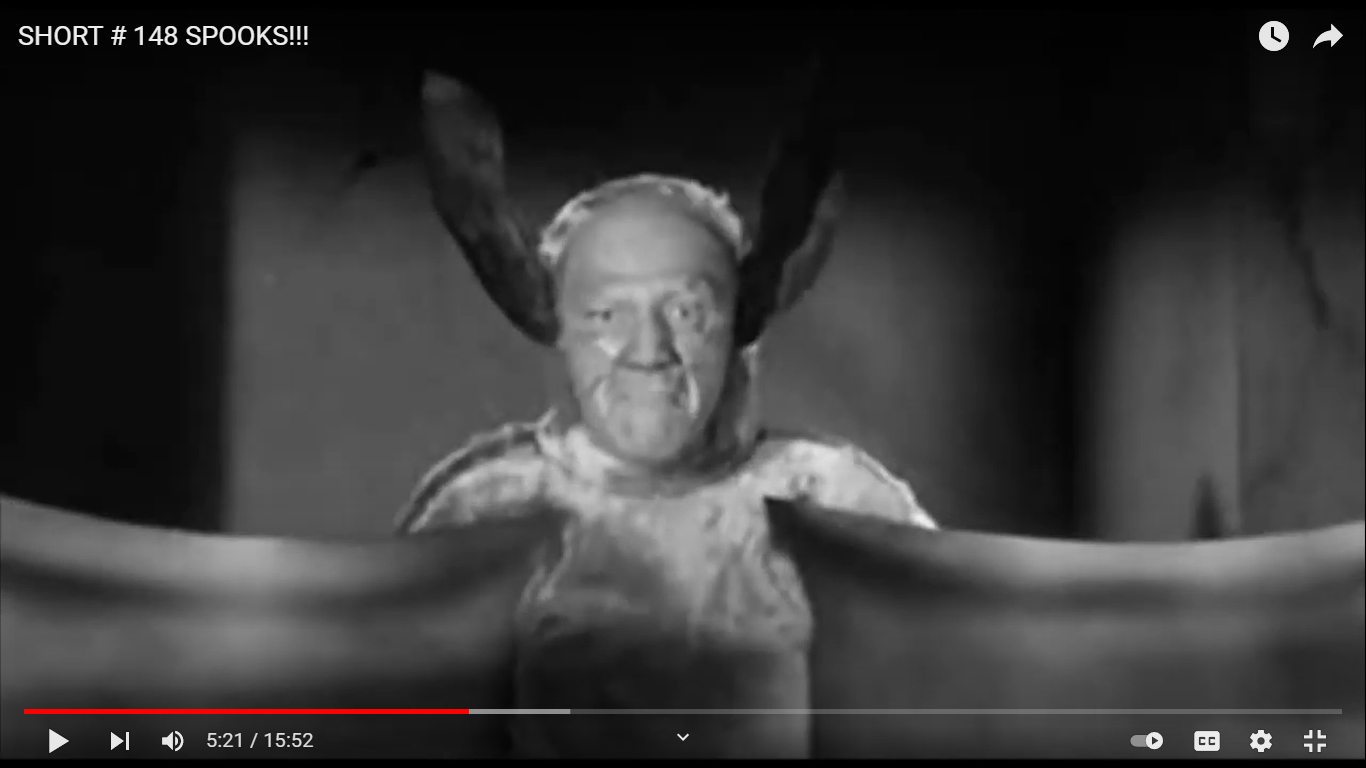Weird Fiction From Algernon Blackwood
“You’re weird!”
I have been hit with this accusation several times, even by members of my own family. (They would know me best I guess.) So it would naturally follow that I should like weird fiction. Guess what? I do!
Ann and Jeff VanderMeer remind us of what the Weird Fiction genre entails. In their introductory article on the subject, they refer to H.P Lovecraft, the master of all things weird. According to him, “weird” stories have “a supernatural element” but are to be distinguished from the classic Gothic ghost stories of the seventeenth century. A “weird” tale, according to Lovecraft “has something more than secret murder, bloody bones, or a sheeted form clanking chains.” What might it have instead? A “pursuit of some indefinable and perhaps maddeningly unreachable understanding of the world beyond the mundane.”
My efforts to analyze and categorize haunting tales has certainly seemed “maddeningly unreachable”. Me – a weirdo’s dive into the weird. This is gothic, this is not. This is cosmic horror, this is…oh it’s so damn confusing! It’s all so…”weird.”
 Making the list of authors associated with Weird Fiction is Algernon Blackwood. Known mostly as a writer of ghost stories, Blackwood entered the publishing world shortly before H.P. Lovecraft. (his first published work around 1906 compared to Lovecraft’s first published material in 1916) (See bilbliographies on Alergnon Blackood and H.P. Lovecraft.)
Making the list of authors associated with Weird Fiction is Algernon Blackwood. Known mostly as a writer of ghost stories, Blackwood entered the publishing world shortly before H.P. Lovecraft. (his first published work around 1906 compared to Lovecraft’s first published material in 1916) (See bilbliographies on Alergnon Blackood and H.P. Lovecraft.)
According to FantasiticFiction.com, Blackwood was influenced heavily by Occultism, hypnotism, the supernatural, Hindu philosophy and mysticism. Quite the gamut of influential “isms” for which to expand the elements of a traditional ghost or horror story if I do say so myself.
Nature is Scary. So is the Human Mind that Tries to Understand Nature
Sometime over a year ago, I purchased a collection of his works for my Kindle app. I haven’t read it in its entirety, but I combed through quite a few. Most of his stories show his love for nature. Perhaps “intrigue” is a better word, because what he describes isn’t always a love fest. It’s nature in all its awe, its mystery and yes, its horror.
One of his most well-known stories is The Willows. Way out in the middle of wooded nowhere, along the Danube River, exist these Willows. These creeping trees (for they sometimes seem to do so) penetrate the psyches of two terrified travelers. Then there is The Man Whom The Trees Loved. There is something unnatural about the relationship a man has with these trees. He chooses their companionship over his wife.
In these nature tales, the elements of nature take on human traits. Winds cry, trees sing, you get the idea. The people in his stories that experience such interactions with nature find themselves at the cusp of the terrifying unknown. Nothing is as what it seems. This is true as well in his stories that have less to do with nature. Stories, say, that involve – haunted houses!
In most of the haunted house stories I have read, the haunting is revealed to is characters not necessarily be what they see or hear. It is what they feel, or what they perceive in general that lets them know that something isn’t quite right with their surroundings. In short, the perception of the haunting is most felt inside their minds. Perhaps with a slight exception of the first story in my syllabus below, this will be shown over and over in the haunted house tales I describe.
A few other things to note, perhaps trademarks of an Algernon Blackwood tale.
- He writes cerebral horror
- He writes in passive, a style rebuffed by modern standards that really works well for what he is trying to get across
- Important concepts, often personified, are capitalized.
Let’s go explore some of his haunted houses, shall we? Please note, this isn’t a complete list of his haunted house stories. Want more? Find his anthology and read it!
Haunted Houses From Algeron Blackwood

The Empty House – 1906
Let us begin with this short and simple tale. Perhaps this story strays most from the Blackwood criteria I outlined in the sections above in that the haunting unveils itself through sights and sounds experienced by the two sole characters. But this doesn’t make it the lesser. I enjoyed this tale very much and there is plenty of cerebral description going on to describe the haunting.
A young man is visiting his aunt. The aunt is curious about the abandoned haunted house on the other side of town, so she coaxes her nephew to join her in exploring it. She wants to experience a good scare. They procure a key to the place, and an exploring they do go, and the reader goes with them. Room after room, up the stairs, down the hallways. They hear eerie sounds. They see unsightly things. Each one wonders if the other is as afraid as they are.
I will not say much more about this story except to note a couple of things. Shirley Jackson proclaims in her novel The Haunting of Hill House “Some houses are born bad.” Several decades earlier The Empty House was published. This story contains the line, “Certain houses, like certain persons, manage somehow to proclaim at once their character of evil.” Both lines mean essentially the same thing. Perhaps Jackson is more to the point, but “overwriting” was common in the days of yore (overwriting by today’s standards, that is). I like both lines and I just wanted to point out that Blackwood’s observation of the phenomenon came first.
To further illustrate the “house as a character of evil” phenomenon, Blackwood writes “…the aroma of evil deeds committed under a particular roof, long after the actual doers have passed away, that makes the gooseflesh come and the hair rise.” This line here demonstrates characters experiencing the haunting by means other then their eyes and ears. They feel the haunting on their skin.
The Whisperers – 1912
A writer rents an attic room. He is alone, and only the bare essentials are requested. A bed, writing table, lamp, wash basin, window. And yet this rather empty room is filled with the haunting remains of …something. Something that has lingered.
The writer comes to know this to be true. He arrives at this truth not by sight, sound, or touch. It is the workings of his own writer’s mind that discovers these facts. His own thought process is interrupted. In its place are Impressions, feelings, ideas, and images. They bombard his mind, these “whispers”. Soon he discerns the nature of these whisperers and comes to understand the past history of this attic room. What was it and what was it meant for? The answer is not what you might think.
The House of the Past – 1914
“The Dream turned her key to The House of the Past”. Isn’t this line something? It is, in fact, the key to understanding the theme of this story. Perhaps the only way to traverse a haunted house such as “the House of the Past” is by a dream. Dreams contain the experiences we have chosen, or not chosen, to hide from ourselves. At least our conscious selves. These experiences are the ghosts.
The character in this story visits The House of the Past. He experiences its haunting demeanor as if in a trance. The haunting unfolds in revelations.
Several lines in the story reveal Blackwood’s fondness of the elements of nature and their metaphoric ability to capture mood.
“’The wind, like the sea, speaks to the inmost memory’,” she added, ‘and that is why its voice is one of such deep spiritual sadness. It is the song of things for ever incomplete, unfinished, unsatisfying.’”
A Psychical Invitation – 1908
This is one of several stories involving the character known as John Silence. He is a psychical detective. A ghostbuster ahead of his time. He comes to the aid of an unfortunate writer. The poor sap, his mind is disturbed. He cannot write. This is on account of a mysterious presence that haunts his house, the writer surmises. Oh how he wishes he hadn’t sampled some of that cannabis indica. He only did so to expand his writer’s mind. What it did instead was open his field of awareness to the paranormal. In this heightened state of mind, he is aware of the presence and deeply troubled by it.
(side note: man, they smoked some good shit back in them there days. The Cannabis Indica available at today’s dispensaries don’t have that paranormal side effect!)
John Silence advises the man to leave the house while he, the psychical detective, stays in the haunted house to get to the bottom of things. Things go as planned and John is aided by to assistants who will also stay in the haunted house. These two are more attuned to psychical activity than he is. They are a dog and a cat.
Late at night, when all is dark and the fire is low, John watches the activity of the animals. He notes that the cat is mysteriously playful with something that he himself cannot see. He also observes the dog in a frightful state, backing away from certain parts of the rom.
This tale is longer. It’s a novella, perhaps. A good portion of this story dedicates itself to the evolution of the haunting through the observed actions of this dog and cat. It is a creative way to tell a ghost story with effective tension-building techniques.
The Damned – 1914

For me, this is the most difficult story to both summarize and opine upon. How do you capture in a few words
the heart of a story where nothing ever happens and yet make it sound appealing. See it is an intriguing story, but one must give it a chance.
It’s nine chapters long; the longest of any of Blackwood’s stories that I read. The longest and yet, “nothing happens?” That line appears many times throughout the story. I would say it’s nearly a tagline, but any marketing professional out there would see this as a poor choice of words. You’re trying to sell a story where nothing happens? What is this, the horror version of Seinfeld – the show about nothing?
Let me try and explain. A man and his sister vacate for a lengthy stay and their dear friend Mabel’s estate. The host is a depressed widow, but her depression is not necessarily the result of grief for her lost love. But the dead hubbie has plenty to do with her emotional state. While we’re at it, he has plenty to do with the overall foreboding atmosphere of the entire house and grounds. Bill and Frances, the two guests, will sample much of this dreariness.
The dead husband was a religious bigot. Stern in his ways and doctrine, unforgiving of others that don’t share his beliefs. Though gone from this earth, his ruthless piety remains. It is imprinted on the house. Bill and Frances come to learn the house is haunted, but not by conventional ghosts. It is haunted by the disembodied spirit of the dismal.
Both learn of the haunting by intuition. But their realization comes slowly, as if the gears of their intuitive processes, like a clock with a faulty second hand, struggle to turn. Meanwhile, days go by unfruitfully. Bill, a writer, cannot write. There is no joy anywhere. In short, “nothing ever happens”.
A clue to this situation emerges when Bill studies his sister’s artwork. She paints the outside surroundings of the house. In a word, the paintings are “horrid”. This is not a description of the artist’s talent but the resulting impact her work has on the one who beholds her paintings.
It is her paintings that allows Bill do see the house and its grounds in a “new light”. More appropriately, in a new kind of darkness. In short, he intuits a shadow.
The “Shadow” and the “Noise” are concepts that occur over and over. They are not seen or heard. Only felt. The “shadow” blankets areas of the garden. On account of what his sister shows him in her painting, the garden takes on the attributes of a “goblin garden”. Trees and plants are bend in arcane ways. Growth is stunted. He envisions creatures of a goblin garden, centaurs, etc. Remember, he doesn’t see any thing transform into an arena of the supernatural. It’s the same garden since day 1 of their visit. But he now understands if for what it is.
Likewise with “The Noise”. It is nothing he hears, but it is loud, disrupting. It is the sound of a door closing, a door that is only open for moments at a time. It closes and nothing can get through. Nothing can escape. The Damned remain as the damned.
 The cast is made up of well known stars. How did I like them and/or the characters they played?
The cast is made up of well known stars. How did I like them and/or the characters they played?


 To write or not to write, that was the question I asked myself in the theater over and over as the movie was running its course. When blood relentlessly poured into an elevator car, threatening to drown two victims, then I knew the answer. Supernatural events were occurring independently of the “deadites” (A franchise term for the demon-possessed folks). Therefore,
To write or not to write, that was the question I asked myself in the theater over and over as the movie was running its course. When blood relentlessly poured into an elevator car, threatening to drown two victims, then I knew the answer. Supernatural events were occurring independently of the “deadites” (A franchise term for the demon-possessed folks). Therefore,  This year we lost a renowned horror author. R.I.P. Peter Straub. He left us on Sept 4, 2022. Not only did he pass away on my wedding anniversary but we share the same birthday – March 2. Does this mean we are cosmically linked in some way? Most likely not. I don’t put too much credence in cosmic/spiritual mumbo jumbo. I do like to read and write about it, that’s for sure, but I see it for what it is – fiction, not fact. Straub certainly has left the world some compelling fiction, that’s for sure. And like any author, he also left us some fiction that is in the upper realms of the “OK” rating scale. This is where
This year we lost a renowned horror author. R.I.P. Peter Straub. He left us on Sept 4, 2022. Not only did he pass away on my wedding anniversary but we share the same birthday – March 2. Does this mean we are cosmically linked in some way? Most likely not. I don’t put too much credence in cosmic/spiritual mumbo jumbo. I do like to read and write about it, that’s for sure, but I see it for what it is – fiction, not fact. Straub certainly has left the world some compelling fiction, that’s for sure. And like any author, he also left us some fiction that is in the upper realms of the “OK” rating scale. This is where  Making the list of authors associated with Weird Fiction is
Making the list of authors associated with Weird Fiction is


 Philip Van Zandt plays the mad scientist. I single him out because he plays a mad scientist in several Three Stooges shorts.
Philip Van Zandt plays the mad scientist. I single him out because he plays a mad scientist in several Three Stooges shorts. After reading about the “filmed for 3D”, I noticed the places that would feature this effect. There is knife throwing, pitchfork lunging, blowtorch flaming, cleaver wielding, Moe’s two fingers poking. But perhaps the most outrageous three-dimensional horror is a bat with Shemp’s face! Shemp comments on what an ugly creature it is!
After reading about the “filmed for 3D”, I noticed the places that would feature this effect. There is knife throwing, pitchfork lunging, blowtorch flaming, cleaver wielding, Moe’s two fingers poking. But perhaps the most outrageous three-dimensional horror is a bat with Shemp’s face! Shemp comments on what an ugly creature it is!



